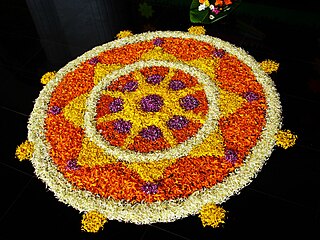
Onam is an annual Indian harvest festival celebrated predominantly by the people of Kerala. A major annual event for Keralites, it is the official festival of the state and includes a spectrum of cultural events.
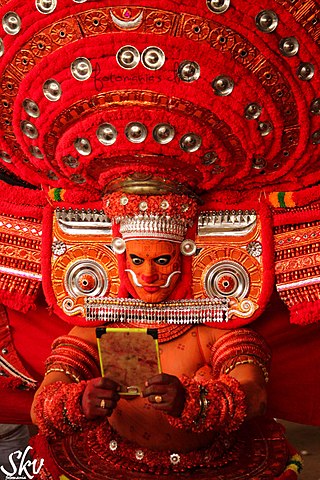
Theyyam are Hindu ritualistic dance forms practiced in northern Kerala and some parts of Karnataka. Theyyam is also known as Kaḷiyāṭṭaṁ or Tiṟa. Theyyam consists of traditions, rituals and customs associated with temples and sacred groves of Malabar. The people of the region consider Theyyam itself as a channel to a god and they thus seek blessings from Theyyam.

Parassinkkadavupronunciation (help·info) is a small Temple town in Anthoor Municipality. This town is located about 19 km (12 mi) from Kannur Corporation in the Kannur district of Kerala state, India. It is a famous tourist destination in North Malabar.

Naga Panchami is a day of traditional worship of Nag or snakes observed by Hindus, Jains, and Buddhists throughout India, Nepal, and other countries where Hindu, Jain, and Buddhist adherents live. The worship is offered on the fifth day of bright half of lunar month of Shravana (July/August), according to the Hindu calendar. Some Indian states, such as Karnataka, Rajasthan and Gujarat, celebrate Naga Panchami on the dark half of the same month. As part of the festivities, a Naga or serpent deity made of silver, stone, wood, or a painting is given a reverential bath with milk and their blessings are sought for the welfare of the family. Live snakes, especially cobras, are also worshipped on this day, especially with offerings of milk and generally with the assistance of a snake charmer.

Parassinikadavu Muthappan temple is a temple, located at Parassinikadavu in Anthoor Municipality on the banks of the Valapattanam river about 10 km (6.2 mi) from Taliparamba and 20 km (12 mi) from Kannur City in Kannur District, Kerala, India. Thiyya community urayima Principal deity of the temple is Sree Muthappan, whose divinity is presented as a ritualistic theyyam enactment in two versions called Thiruvappan and Vellattam. According to the local tradition the presiding deity is a manifestation of Lord Shiva.

Nagaradhane is a form of serpent worship which, along with Bhuta Kola, is one of the unique traditions prevalent in coastal districts of Dakshina Kannada, Udupi and Kasaragod collectively known as Tulu Nadu, practiced by Tuluva community members. Cobras are not just seen as deities, but as an animal species which should be respected, appeased and protected for multiple social, religious and ecological reasons.
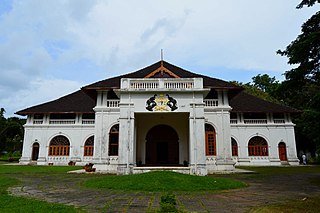
Shakthan Thampuran Palace is situated in City of Thrissur in Kerala state, India. It is named as Vadakkekara Palace, was reconstructed in Kerala-Dutch style in 1795 by Ramavarma Thampuran of the erstwhile Princely State of Cochin, well as Sakthan Thampuran is preserved by Archaeological Department. The palace was converted into a museum in 2005 by State.

Kukke Subramanya is a Hindu temple located in the village Subramanya, of Kadaba taluk in Dakshina Kannada district, Karnataka, India. In this temple Kartikeya is worshipped as Subramanya, lord of all serpents. The epics relate that the divine serpent Vasuki and other serpents found refuge under Subramanya when threatened by the Garuda. The priests in the temple are Shivalli Madhva Brahmins. The poojas and other daily rituals in the temple are performed as per Madhvacharya's Tantra Sara Sangraha.
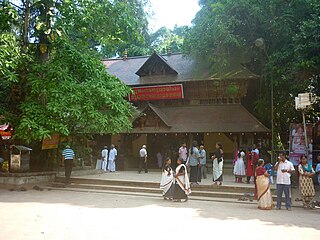
Mannarasala Sree Nagaraja Temple in Haripad is a very ancient and internationally known centre of pilgrimage for the devotees of serpent gods (Nagaraja). The famous Nagaraja temple "Mannarasala" in Haripad is nestled in a forest glade, like most snake temples. The Mannarasala Temple has over 100,000 images of snakes along the paths and among the trees, and is the largest such temple in Kerala, India. Couples seeking fertility come to worship here, and upon the birth of their child come to hold thanksgiving ceremonies here, often bringing new snake images as offerings. A special turmeric paste which is available at the temple is credited with curative powers.
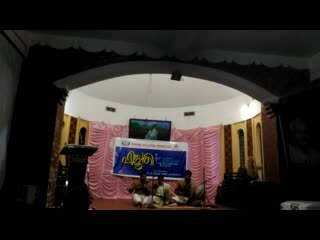
Pulluvan Pattu is a form of serpent worship performed by both the lower castes and higher castes, in addition to serpent temples. The pulluvar of Kerala are closely connected to serpents. They consider the snake gods their presiding deities and perform sacrifices and sing songs.
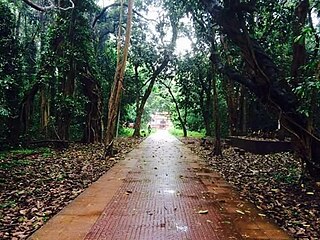
Kāvû is the traditional name given for sacred groves across the Malabar Coast in Kerala, South India. Kavus are notable for Theyyam, the centuries-old ritual dance.

The village deities of Southern India are the numerous spirits and other beings venerated as part of the Dravidian folk tradition in villages throughout South India. These deities, mainly goddesses, are intimately associated with the well-being of the village, and can have either benevolent or violent tendencies. These deities are presently in various stages of syncretism or assimilation with mainstream Hindu traditions.
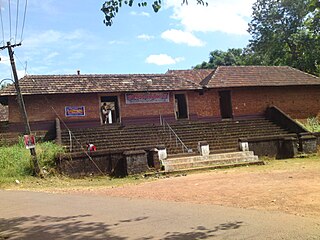
Sree Oorpazhachi Kavu is a prominent Hindu temple in the Edakkad grama panchayat, a grama panchayats in Kannur District of Kerala state in southern India.
Theeyaattam also known as Theeyaattu (Tīyāttu) is a traditional temple dance form of Kerala.
There are places of worship considered important in the Kannur district. Kannur District is one of the 14 districts in the state of Kerala, India. The town of Kannur is the district headquarters, and gives the district its name.
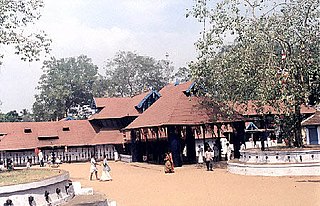
Sree Kurumba Bhagavati Temple is a Hindu temple at Kodungallur, Thrissur District, Kerala state, India. It is dedicated to the goddess Bhadrakali, a form of Mahakali or simply Durga or Aadi Parashakthi worshipped and significantly revered in Kerala. The goddess is known also by the names "Sri Kurumba"". This temple is the head of 64 Bhadrakali temples in Kerala especially Malabar. This Mahakali temple is one of the oldest functioning temples in India. This is attested by numerous Tamil poems and inscriptions of different times. The goddess of the temple represents the goddess in her fierce ('ugra') form, facing North, featuring eight hands with various attributes. One is holding the head of the demon king Daruka, another a sickle-shaped sword, next an anklet, another a bell, among others. Routine worship at the temple every day at 03:00 and ends at 21:00 local time.
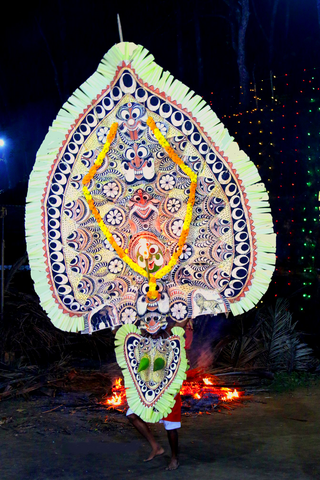
Padayani, also known Padeni, is a traditional folk dance and a ritual art from the central portion of the Indian state of Kerala. A ceremonial dance involving masks, it is an ancient ritual performed in Bhagavati temples. The dance is performed in honor of Bhadrakaali. Meaning, a 'row of warriors', Padayani is an art form that blends all music, dance, theatre, satire, facial masks, and paintings. It is part of worship of Bhadrakali and is staged in temples dedicated to the goddess from mid-December to mid-May. Padayani is unique to central Travancore, comprising the Pathanamthitta and Kottayam districts of Kerala. It is also performed in adjoining regions of Kollam, Alappuzha districts.

The Kanadikavu Shree Vishnmaya Kuttichathan Swami temple is an ancient and holy Vishnumaya temple located 20 km southwest of Thrissur, Peringottukara, the cultural capital of Kerala, India.

M. V. Vishnu Namboothiri was a teacher, folk art researcher and author from Kerala, India. He was considered an authoritative source of information on Theyyam and other traditional art forms of North Malabar. He received several awards including awards from Kerala Sahitya Akademi, Kerala Folklore Academy and Kerala Sangeetha Nataka Academy.
















